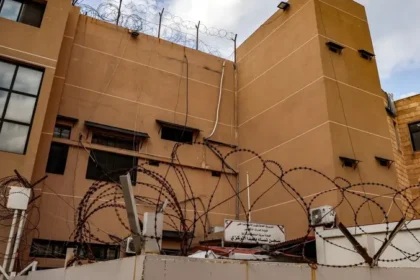In the corners of Tripoli’s old souk, where stories are told on the walls of ancient houses, stands a man whose profession has withstood the test of time. He is Mohammed Al-Shaar, the last fez maker in Lebanon. He carries on his legacy of more than 125 years. Mohammed’s workshop is not just a place to craft traditional hats. It is a bastion defending a history and culture that was once a symbol of Lebanese identity.
The tarboosh, which was popular during the Ottoman Empire, was more than just a head covering. According to Al-Shaar, it was a means of communication in itself. “Grandparents would tilt the tarboosh slightly to talk about love and drop it to the ground to express insult.” It was a symbol of social prestige and a cherished everyday garment for the Lebanese. However, it later became a mere heritage item or tourist accessory.
Mohammed Al-Shaar’s journey has not been easy. The craftsman, who inherited the profession from his grandfather and trained in Egypt, now faces challenges his ancestors never experienced. The stifling economic crisis in Lebanon and the decline in tourism following the Beirut port explosion have all led to a significant decline in demand for the fez.
“Today, people only buy four or five tarboosh’s a month,” Al-Shaar says, his voice filled with sorrow.
Mohammed Al Shaar’s story with the tarboosh remains a story of resistance. It tells how art can defy crises and passion can preserve a rich legacy that refuses to fade away.
















